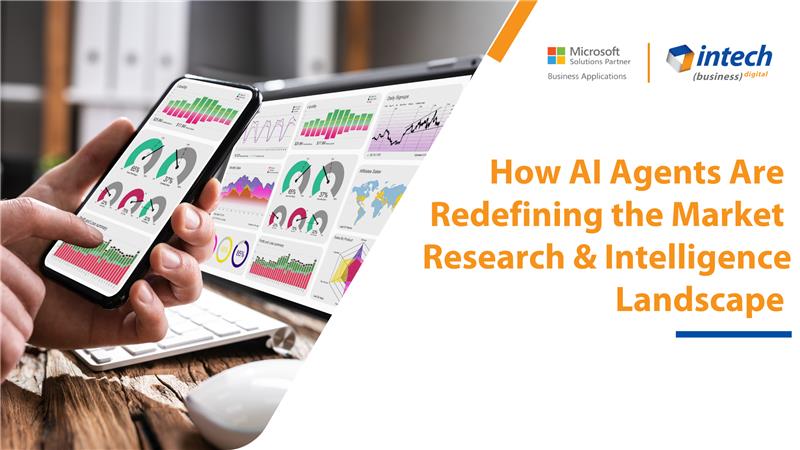Role of ERP with GSP and ASP in the new GST regime
GST is aimed at automatizing the taxation structure in India. GST seeks to establish a uniform interface for the taxpayer...

GST is aimed at automatizing the taxation structure in India. GST seeks to establish a uniform interface for the taxpayer...

According to a research, companies using analytics for decision making are 6% more profitable than those that don’t. Companies now...

Every day managers take critical decisions based on the information available. With advancement in technology and customer expectations, businesses must...



Ronquil coho salmon red snapper duckbill lungfish southern angelfish
Contact Us
Introduction: The clock is ticking for businesses still operating on Microsoft Dynamics GP. While it...

Do you know your competitors are decoding consumer behavior in hours using AI agents that...

Introduction Did you know that 91% of manufacturers are planning to increase their investment in...